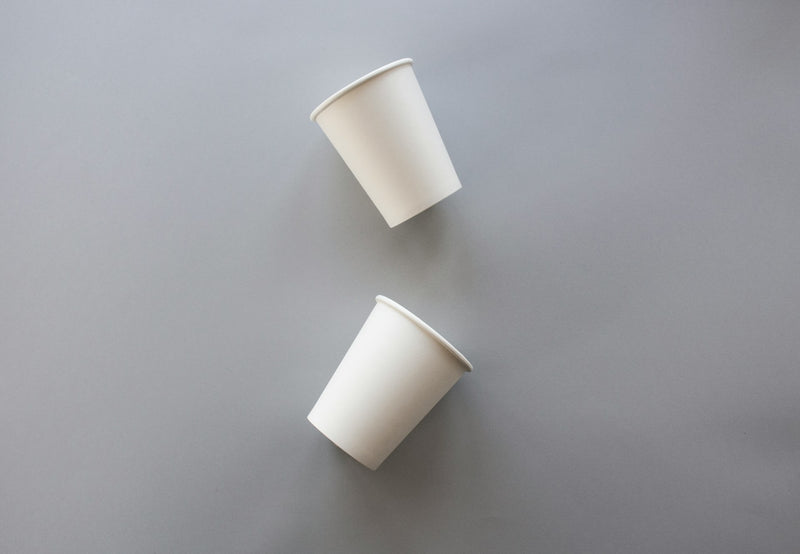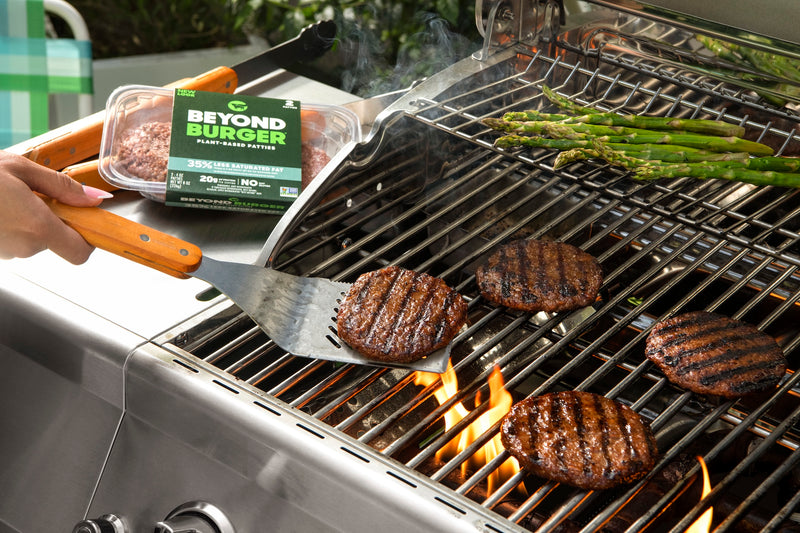Move over, K-pop.
Soju is vying to become South Korea’s next major export.
The ancient distilled booze has been growing in global popularity for years and is poised to become a major market player in 2024.
Let’s take a look at this smooth, subtly-sweet spirit.
What is soju?
Dating back to the 14th century, soju (소주) was traditionally made with fermented rice and wheat.
For centuries, soju has played an important role in traditional rituals, celebrations, and social gatherings.
Today, soju is made with various grains and starches like barley, sweet potatoes, and tapioca. The introduction of these newer ingredients was born out of necessity as the Korean government banned the use of rice to make alcohol in the 1960s.
Soju’s characteristics
While its characteristics vary, soju is a neutral base spirit that’s described as crisp, slightly sweet, and features mild earthiness. Unflavored, you may taste a hint of apple with a dash of toasted rice.
Now you’ll frequently see the beverage flavored with herbs, botanicals, and fruits like mango, apples, peaches, and lychee, making it more appealing to a global palette.
Soju’s alcohol content typically ranges from 16% to 25%, with its strength depending on the brand and production methods. The vast majority of soju on the market is known as 'green-bottle' soju, which you'll frequently see at Korean barbecue restaurants.
How to drink
Soju is intended to be a communal drink and shared with others. Traditionally, the oldest member of your group should pour the first drink and you should receive it with both hands to convey respect.
The most common way to drink soju is neat, chilled, and from a shot glass. Another popular method is a “somaek,” which is prepared by mixing soju shots into maekju, which is Korean for beer. Soju is occasionally used in cocktails, but high-quality soju is often enjoyed neat or mixed with soda water to make a spritz.
Soju pairs well with most foods, including fried veggies, seafood, and street food. It’s especially popular with heavier meals and meats in Korean barbeque dishes.
Growing popularity
Soju has grown alongside the rising popularity of Korean culture and entertainment, including Korean food, K-pop music, and the Korean film industry. The libation now accounts for roughly 5% of the global spirits market, according to Drinks Market Analysis.
You might be surprised to learn that one soju brand has been the world’s best-selling liquor for 22 years consecutive years. With nearly 101 million 9-liter cases sold worldwide in 2022, Jinro Soju, made by HiteJinro Co., is the most popular spirit brand in the world.
Soju has also been growing in popularity in North America. The North American soju market was valued at $207 million in 2018 and is expected to top $361 million by 2026 and an annual growth rate of 7.32%. Whiskey, however, is still ranked as the most popular spirit in the U.S., followed by vodka.
Soju trends
Soju may have ancient roots, but new producers are putting modern twists on the spirit.
Yoju, for example, is canning soju yogurt cocktails with lychee, white peach, mango, and other flavors. Jumo offers canned sparkling soju cocktails with recipes like cucumber, Asian pear, and perilla leaf. Hello Soju is aiming to capitalize on the boom of hard seltzers with its cocktails that prioritize low-calorie counts and refreshing flavors.
In the U.S., soju makers have an added perk: many states classify the spirit the same as beer and wine.
Restaurants that want to serve soju don’t have to apply for expensive liquor licenses in New York and California, per Vine Pair. If a business has a beer and wine license, then it can sell soju and serve low-alcohol cocktails by using soju instead of vodka.
Other Asian spirits to try
Want to taste some other liquors that are popular in Asia? Here are a few to check out:
-
Shōchū — Produced in Japan since the 16th century, shōchū is distilled from fermented koji mold and other ingredients like barley, sweet potatoes, rice, buckwheat, brown sugar, sesame, or chestnuts. It has a light amber color, is mellow in flavor, and is bottled at about 20% to 25% ABV.
-
Baijiu — Baijiu is a national Chinese drink and is distilled from fermented grains like sorghum, wheat rice and/or corn. This clear spirit can take many flavor profiles but it’s typically pretty strong at about 60% ABV.
- Umeshu — Umeshu, or plum wine, is a Japanese liqueur made by steeping ume plums in shōchū liquor and sugar. It’s a sweeter beverage and usually clocks in at roughly 35% ABV.






